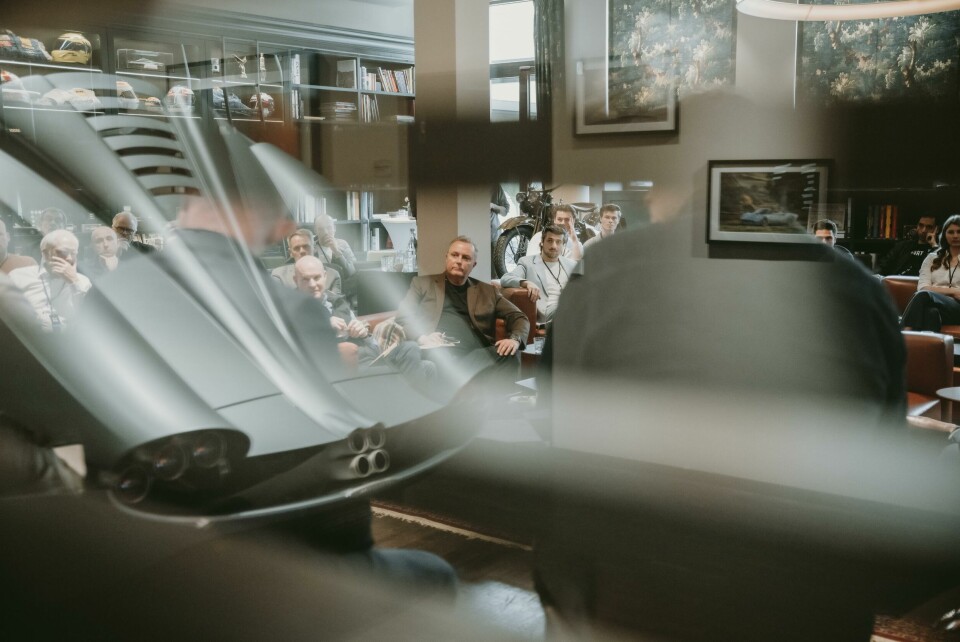
Car designers urged to be bolder moving forward
At the recent Car Design Event in Munich, Car Design News brought together a mix of designers to discuss brand transformation and, inevitably, what AI means for the next generation of designers. As it happens, many of them were sitting in the room and were more than happy to get involved in the discussion
There are worse places to host a fireside chat than in the library of the Munich Drivers’ Club, surrounded by motoring art and some of the comfier leather seats going. CDN was spoilt for choice when selecting the members of a panel discussion, but eventually settled on the following experts for a broad discussion around brand transformation, being bold and what the designer of the future should look like.
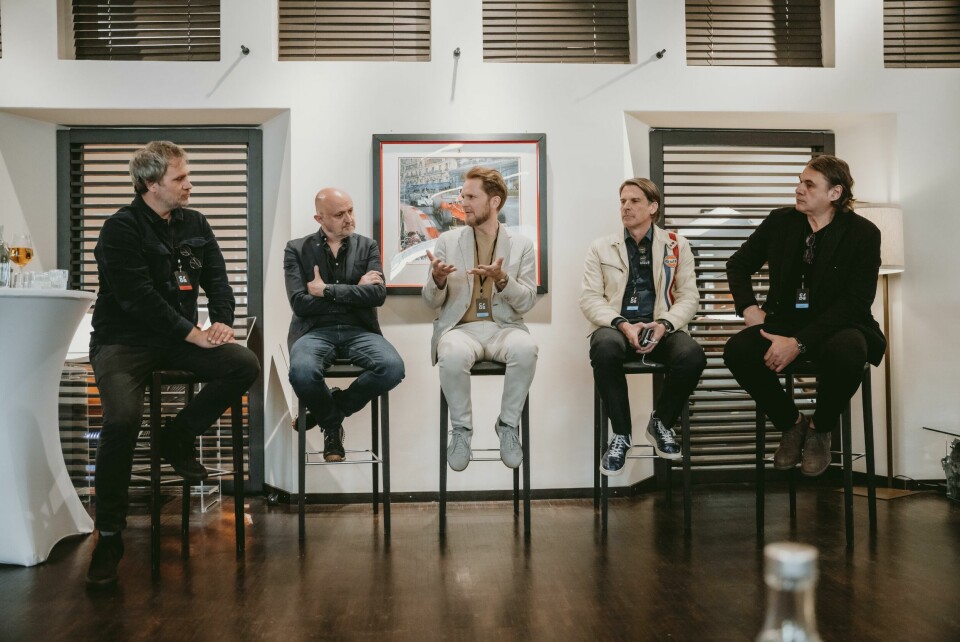
David Hilton, David Hilton Design
Felix Kilbertus, chief creative officer, Pininfarina
Jo Stenuit, design director, Mazda Motor Europe
John Krsteski, chief designer, Genesis North America
Below is a lightly edited excerpt of the conversation.
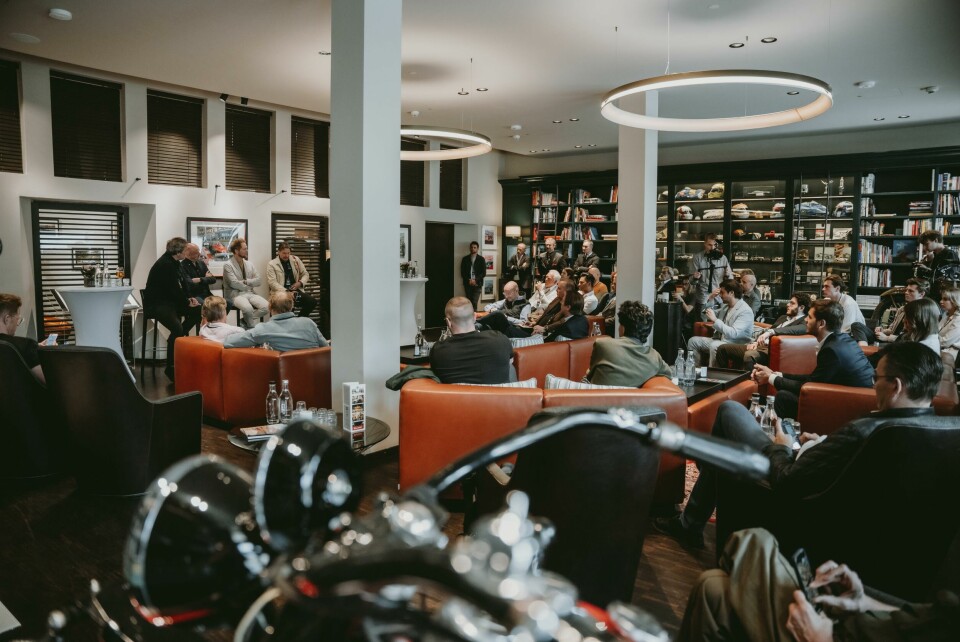
James McLachlan: Genesis is an aspiring luxury brand with very well resolved cars, but is not as storied as other brands. How do you tell a convincing story?
John Krsteski: Story development is a big part of everything you do – what’s the story behind what you’re doing, what’s the story behind your concept, and so on. Although a lot of the ’designer story’ is oftentimes different to the ’public story’ from a marketing perspective, internally we’ve actually evolved quite a bit to tell a story through visualisation and animation, which has become so fast now that in a matter of a couple of days, a designer can single handedly build their own model, animate it, compose music with it, and pitch it. You’re literally sitting there like you’re in a Hollywood studio – it’s pretty amazing.
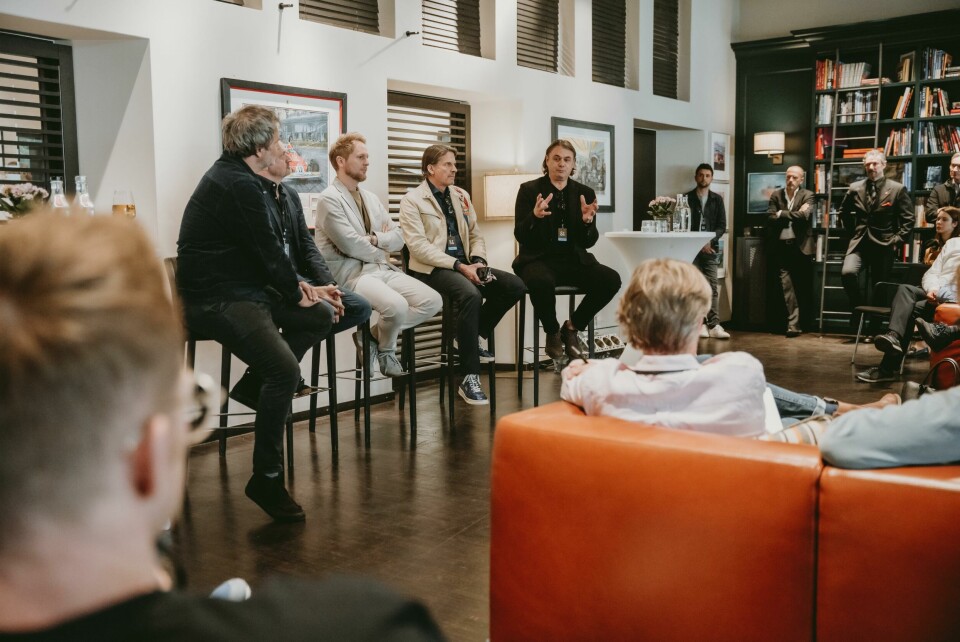
JM: Technology has been pretty fundamental to your team.
JK: I mean, the tools we have available to us today are empowering, for sure. You can go back and forth between digital and clay models quite easily, and digitalisation has definitely empowered both young and a lot of older designers as well. That’s allowing us to actually achieve another level of fidelity of design that in the past may have taken much longer. You’re able to innovate and create a vision much faster.
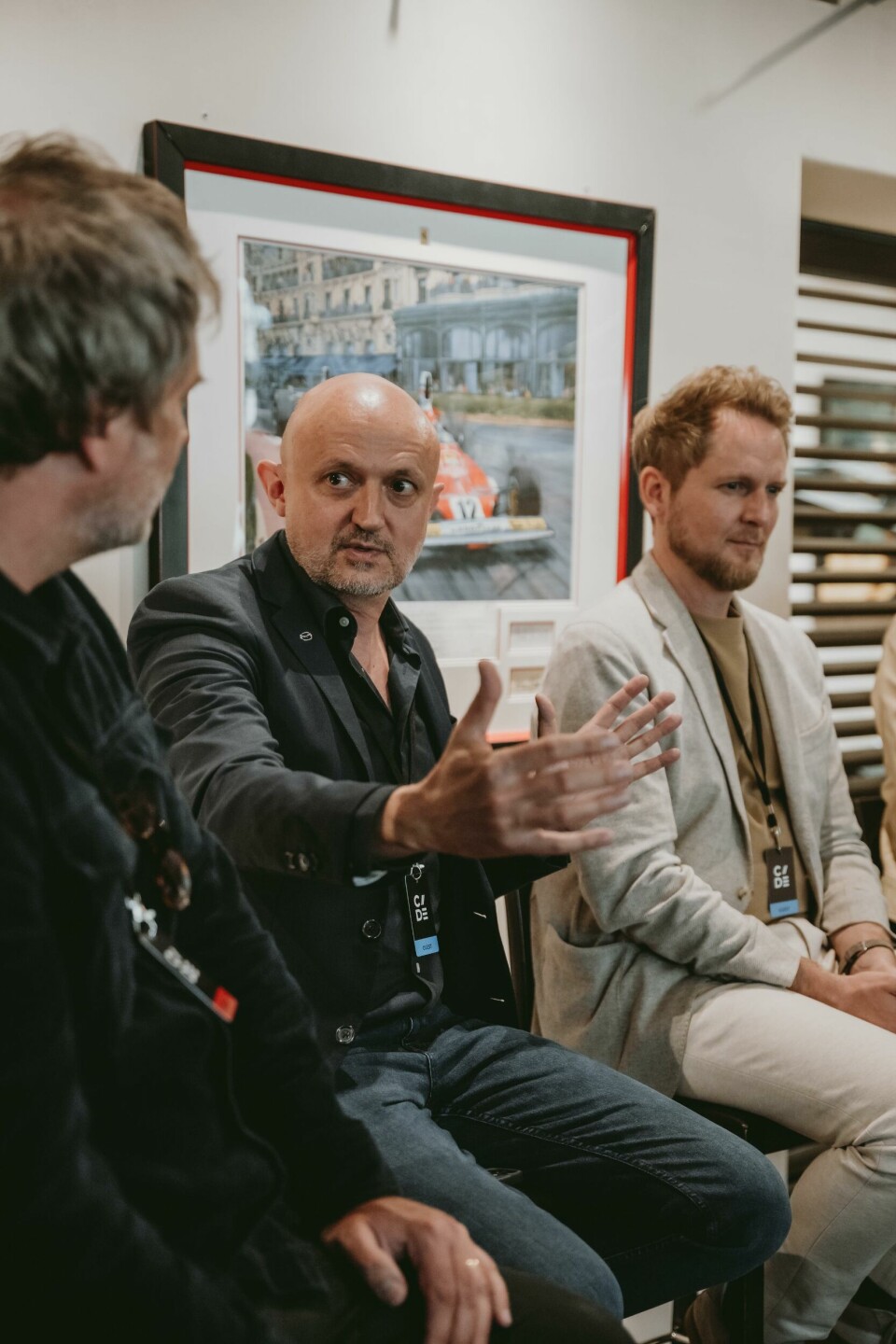
JM: How does all this relate to you and Mazda, Jo, because it’s been a 15-year evolution for a brand that was not known for design in the way it is now. Is it less a story of speed and more about persistence and patience?
Jo Stenuit: That’s coming back to Ikuo Maeda (Mazda global head of design) who had this vision, a passion for supercars and a love of Italy. He knew what quality design, food and life is all about, and we have tried to translate that into a design language.
What was important is the persistence and the consistency and the focus that we use to get through those 15 years, not to be distracted by any trend or fashion. We’ve stuck to the basic design of cars with beautiful proportions and surfacing, adding some details and then stopping there. In fact, I think stopping the designers from adding more stuff was the hardest part.
JM: Of course. Because I suppose you could end up designing in perpetuity, continuing to embellish and reduce. Now, Felix, you occupy a very interesting position, because at Pininfarina you are pretty much always on the outside looking into brands. We spoke a little bit about the idea of being shackled by a brand – that it can be a millstone if you’re not careful.
Designers have a huge advantage because we have the tools to actually convince, sell and inspire
Felix Kilbertus: Good point. I mean, there’s many, many things to consider. The master story is a good example of consistency. A brand needs certain principles, which maybe becomes a shackle, as you say, when the definition becomes ever finer. But I am often reminded that some of the strongest brands were created in a relatively short period of time.
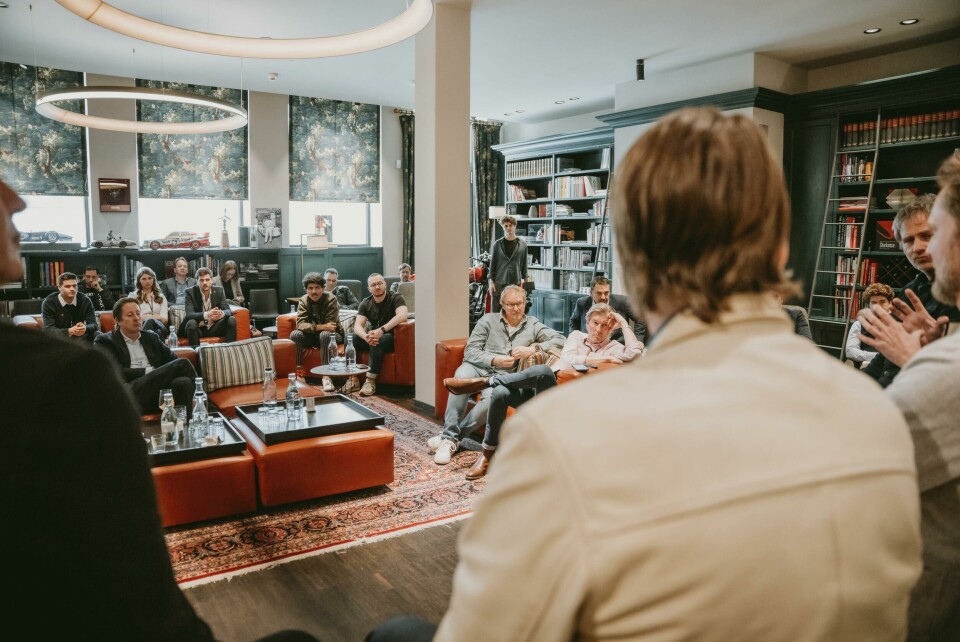
We all know the iconic photo of James Dean in 1955 driving his famous Porsche; Porsche as a brand was not even a decade old at that time. So it can go really quickly if the ingredients are right, and you can extract a lot of inspiration from that sort of thinking. You need just enough time, but then you need to be bold also to reinvent these brands.
JM: But are we being bold enough, or are some brands – particularly Western brands – being too timid at the moment in comparison to some emerging competitors?
FK: When you talk to fellow creatives, a lot of people do express a certain frustration that design maybe is no longer about the products, but about the brand. And that there’s potentially a level of stagnation. I do think a lot of brands, especially the strong brands, can potentially be much braver and move the game onwards, because a lot of these strong brands were really wonderful at the beginning.
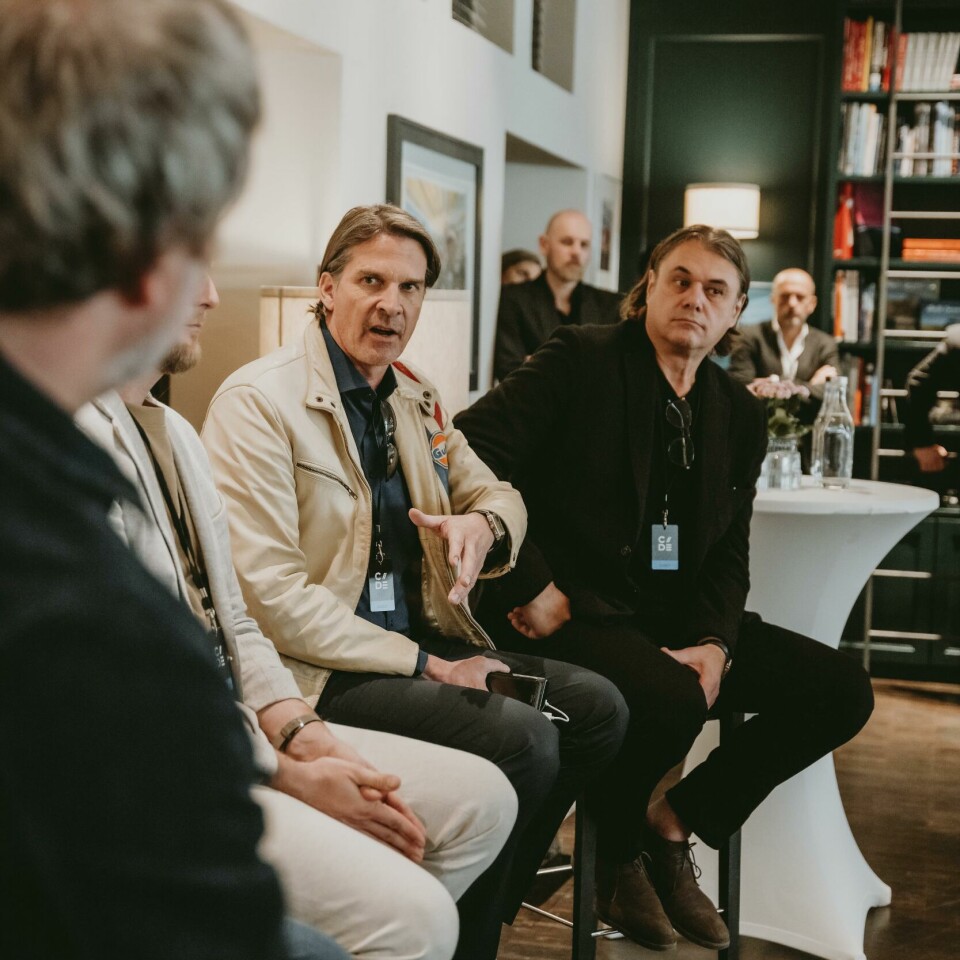
An example from the world of fashion is Louis Vuitton, which started with a radical synthetic material. Now it’s been reinterpreted in leather, so it is strange how this radical innovation in the beginning is essentially becoming less modern than it was in the 1850s. So yes, I think we as a car industry can be much bolder. Absolutely.
JM: David, you’ve worked a great deal in China. Could you share some of your experiences there in terms of trying to build a story and a brand? China didn’t have a car culture until a handful of years ago.
David Hilton: Well, back to this theory of boldness. I think what we’ve seen the last decade and five years especially, is a lot of boldness coming out of China. I often says that fish stinks from the head down, which basically means your leadership needs to be on board with being bold.
Now, we as designers have a huge advantage because we have the tools to actually convince, sell and inspire. So a lot of it is on us to create this bold culture. It’s more difficult for an engineer because it’s much more measurable. So we have an opportunity to make sure that leadership can go there, but they need to be on board with bold. You can look at companies like Nio, Polestar and others that are being bold from the top and it makes a huge, huge difference.
JM: We spoke earlier about this idea of the designer of the future. Who are they? What kind of skill sets will there be? Do they have to love cars and objects?
JS: It helps! Although I did have an interior designer once that’s didn’t have a driver’s license, so wasn’t truly aware of how the car was functioning. So yes, I do have some really young, talented people that are into cars, and it really helps because they look at stuff differently. But I also want them to look at other stuff, not just cars, but they should look at graphic design, fashion, furniture design, and try to combine all these elements into the automotive design.



